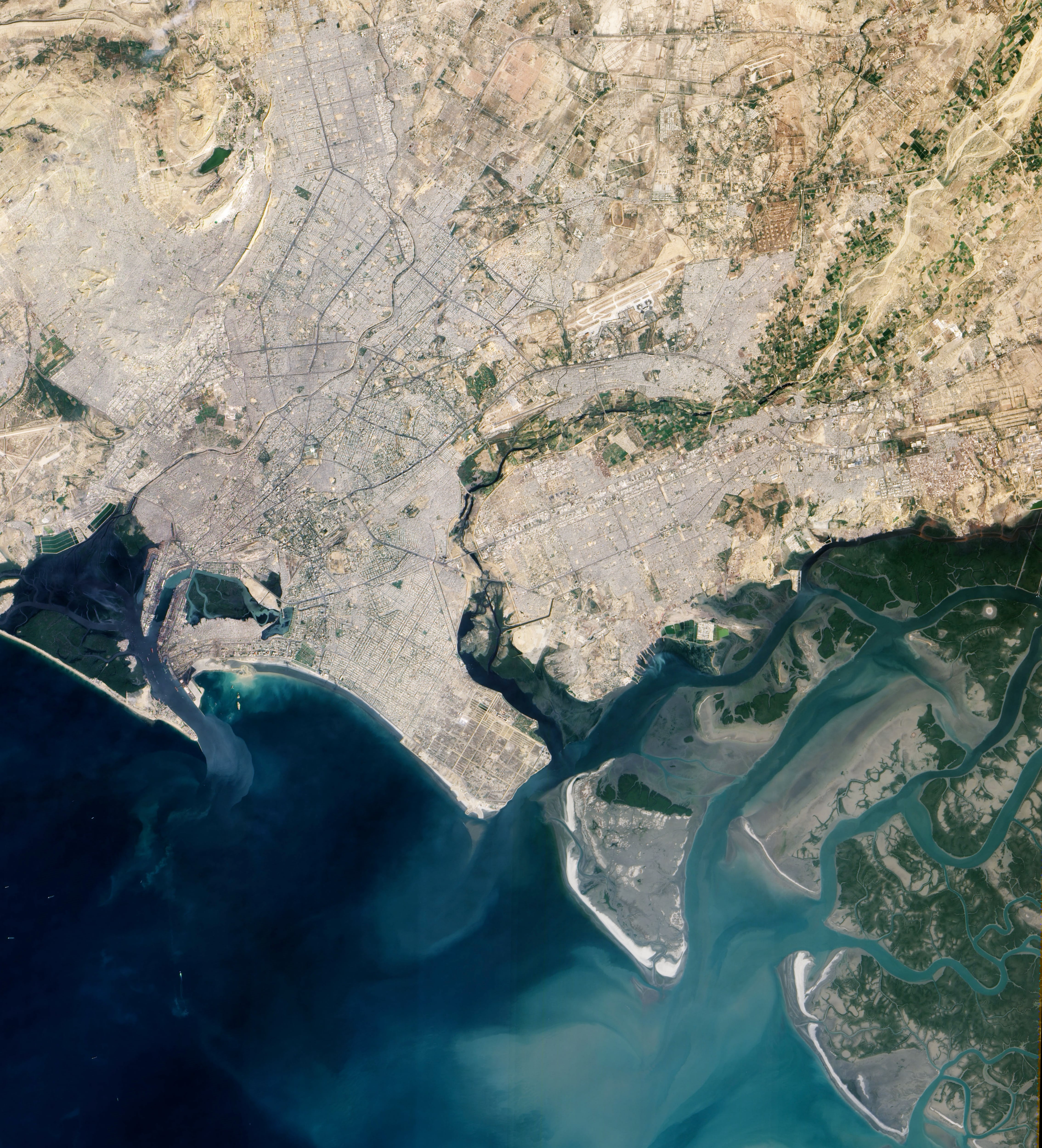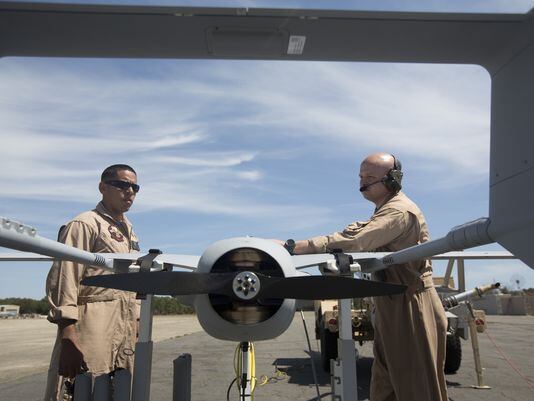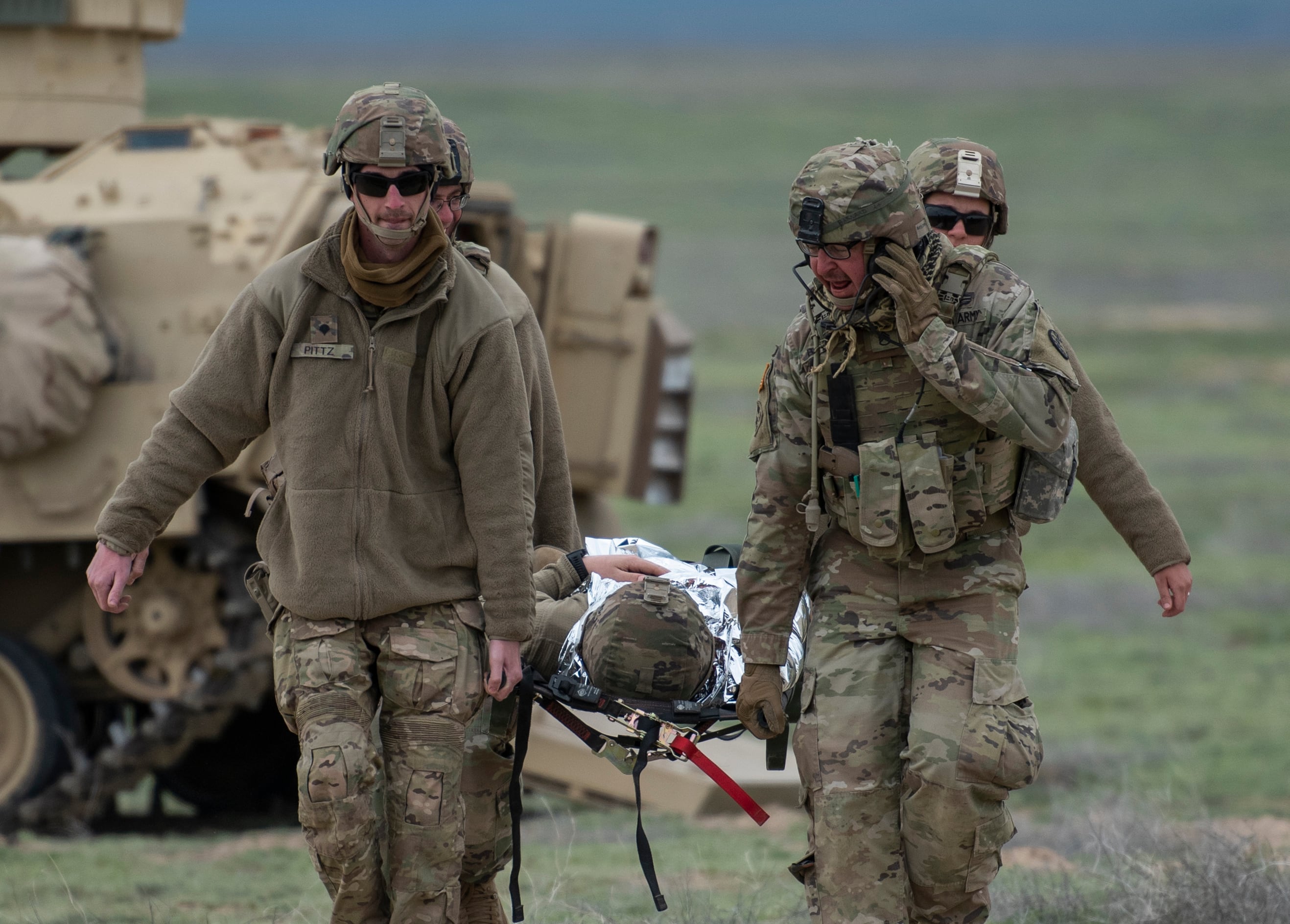![Call of Duty video 2 [embed : 71516246]](/Portals/_default/Skins/PrestoLegacy/CommonCss/images/embed.jpg) It is On Aug.ust 10th, 2017. A team of unarmed Marines with Special-Purpose Marine Air-Ground Task Force–South has deployed to Cartagena, Coloumbia, to begin a two-week security and cooperation training mission with Coloumbian mMarines.
It is On Aug.ust 10th, 2017. A team of unarmed Marines with Special-Purpose Marine Air-Ground Task Force–South has deployed to Cartagena, Coloumbia, to begin a two-week security and cooperation training mission with Coloumbian mMarines.
Three days into the mission, FARC guerrillas with the Revolutionary Armed Forces of Colombia begin attacking government targets, initiate a series of high-profile attacks while Venezuelan marines, with Russian adviseors and Chinese equipment, launch an amphibious assault near Bahia Tukakas,Tucaca, Coloumbia; two Marines are wounded in action.
Suddenly, task force leaders have SP-MAGTF-S has some critical decisions to make: How do they best support their Marines in contact with a force that possesses with greater speed and combat power?
This hypothetical scenario is one of nine vignettes Marine Corps Intelligence Activity recently published in a classified, baseline forecast of the world in which Marines will be operating over the next decade.
The Future Operating Environment 2015-2025: Implications for Marines does not predict world events, but identifies the global trends that which will challenge Marines in what is fast becoming the "new normal."
"Our intent was very much to take a hard look at those trends that we describe and get at the implications for Marines and the way we see those playing out," Lt. Col. Leo Gregory, division head of the futures and technology division at MCIA, told Marine Corps Times.
"It's not only to help shape Marines' views and prioritizations, but also to really draw out — specifically for Marines — what these trends mean."
The ambiguity of future conflict will test the Corps in ways the current force is not yet postured to address, and the report is designed to inspire discussion at all levels about how to get there.
Unlike traditionally dense and jargon-heavy intelligence products, however, it's written to be easily readable without dumbing down information.
"The vignettes, they read more like a 'Call of Duty' game," said one Marine Corps official familiar with the report.
MCIA is also working to declassify as much of the report as possible in order to push it the report out to as many Marines as possible, which is unusual for an organization known by many to closely guard its information.
The goal is to have tactical decision-makers, planners and intelligence officers be able to share the unclassified portions with their units to prepare them to face future challenges.
"In our view, we're successful if we get to the point where Marines are printing off some of the vignettes, pulling those out for guided discussions, for tactical decision games," Gregory said.
"If we get to that level, we're successful."
Into the megaslums
According to the report, Marines will increasingly find themselves operating in "massive urban slums of the littoral megacities" against a range of tech-savvy adversaries.
Driving this will be the massive population explosion projected over the next decade, which will drive millions of people from rural areas into hundreds of sprawling, over-crowded cities that lack the infrastructure or resources to accommodate them.

One of the challenges facing Marines over the next decade is that a population explosion will drive millions of people from rural areas into hundreds of sprawling, overcrowded "megacities" that lack the infrastructure or resources to accommodate them. Marines will have to find ways to operate in these environments according to a new report. Here Karachi, Pakistan, is seen from space.
Photo Credit: NASA
These megacities are swiftly becoming vast shanty towns, many with upwards of 30 million people living below the poverty line, that butt while butting right up against "gleaming urban cores," Gregory said.
"We know we're going to continue to operate in these sometimes; you can't ignore them," he said. "We really have to come to grips with how we approach this."
Marines may be called in to provide humanitarian or disaster relief in these complex environments, but the mission can quickly escalate as any number of adversaries — criminals, foreign governments or people just trying to survive — seek to take advantage of a chaotic and explosive situation.
"It's a very complex environment" said Dakota Wood, a senior research fellow for defense programs at the Heritage Foundation and retired Marine lieutenant colonelLt. Col.
The Marine Corps has a long history of operating in difficult urban terrain, according to Wood, and in places like as recently as Fallujah, Iraq, demonstrated that it has mastered the basics questions of handling individual buildings, to the webs of interconnecting streets, multi-story buildings and underground systems of urban sprawl.
Extrapolating this out to the megacity level, however, poses difficult questions.
"How do I coordinate activities? Do I try to surround a big city?" Wood said. "You don't have a million people to throw into a megacity; how do you section it so you can get bites of that apple and start controlling pieces, and/or are there key nodes?"
"[The MCIA report] is trying to define an environment, these are the challenges we're going to come up against,. Nnow the task is how to figure out how to solve those challenges," Wood said.
Preparing Marines for this fight will requires different training venues than seen over the last 10 to 15 years, and Gregory doesn't rule out the need to train in major American cities.
Such training is already underway.
In December 2014, Marines from the 15th Marine Expeditionary Unit converged on downtown Los Angeles, Dodger Stadium and other parts of the city as part of a training exercise testing their readiness to operate in complex urban environments.
Rather than participating in another routine drill in a mock village made out of plywood on a base, the Marines operated in a massive city as real people worked, played, and spent time with family, reconnaissance team leader Sgt. Eric Maehler told Marine Corps Times.
"It provided a really different experience that's difficult to recreate in another atmosphere," he said. "The humanity of the city, the life, the noises, being able to process that and stay on task."
Technology challenges
The challenges of the megacity will be amplified by the greater commercial availability of technology and opponents equally or better well-schooled in global communications and social media.
From state to non-state groups and individuals, aAdversaries already have access to commercially -available drones, "intelligent" improvised explosive devices capable of selective targeting, GPS jammers, encrypted frequency-hopping communications and advanced night-vision devices.

Cpl. Manuel E. Camacho, left, and Sgt. Michael L. Greenway, UAV maintainers with Marine Unmanned Aerial Vehicle Squadron 2, conduct a post-flight inspection at Atlantic Field, N.C., April 1. Career fields requiring technical expertise will burgeon over the next decade.
Photo Credit: Lance Cpl. Austin Lewis/Marine Corps
Additionally, recent advances in 3-D printers will soon mean the availability of cheaply -created, virtually undetectable plastic weaponry, IED components and even drones.
Keeping pace with this will challenge the acquisitions process when If anyone can purchase a drone on Amazon for $100 or a 3-D printer for under $800, keeping pace will challenge the acquisitions process, Gregory said.
"The technologies are continuously improving, almost under a Moore's Law-type of environment where roughly every two years the speed nearly doubles," he said.
"We've got to be sure we are delivering quality gear to the Marines who are operating with it, but we've got to learn how to be faster, how to innovate."
Social media and alternative global communications will also greatly increase the enemies' ability to make tactical decisions on the battlefield.
"Adversaries will maneuver, swarm and converge at the pace of Twitter and the flash mob," according to the report.
While much of the technology discussed in the report is classified, the report is intended to spur conversations about on how the Marine Corps will adapt to this environment over the next generation.
"It's the Marines who are going to sign up and getting on the yellow footprints today, five years from now, 10 years from now who are going to be sophisticated about social media in ways that we're simply not," Gregory said.
This will require a more mature, tech-savvy force, as then-Commandant Gen. Joseph Dunford noted incalled for last March.
Testifying before the House Armed Services Committee on Capitol Hill, Dunford said told members of Congress that he believes the demographics inof the Marine Corps need to change to account for this increasingly complex security environment.
Marines will have to be proficient with technological developments, from the F-35 to cyber capabilities. Infantry squad leaders today "have the responsibility, frankly, that were probably more in line with what a lieutenant was doing 15 or 20 years ago," he said.
"Technological developments with the F-35, cyber capabilities as well as our infantry squad leaders, who, today, have the responsibility, frankly, that were probably more in line with what a lieutenant was doing 15 or 20 years ago," he said.
Known Unknowns
The proliferation of technologies will empower new adversaries and are no longer the exclusive domain of a few powerful nations, such as Russia or China.
Individuals, proxies, state and non-state actors alike will be able to disguise their actual identity, what their objectives are and whether a state of war even exists, making it increasingly difficult for Marines to know just who the good guys and bad guys are.
"In our viewpoint, that's one of the main changers: Things that you would expect to see only in a state you've got to expect to see everywhere now," Gregory said.
"We expect a near-peer adversary to have long-range, long-haul communications that can command and control forces over distance, [but] anyone with a little bit of savvy can do that now."
This challenges the concept of the "three-block war" developed in the 1990s, according to the report.
Whereas Marines previously might conduct humanitarian relief in one block, separate warring factions in a second and go toe-to-toe with enemies in a third, these and more tasks will be compressed, simultaneously, into the same tactical space.
"The Three-Block War concept did not completely account for the effects of global terrorism, a new information environment, or the re-emergence of regional power politics," according to the report.
"In some ways all three blocks have merged into one," potentially entangling Marines in a web of politics, strategy, tactical combat and information dominance.
This nuanced environment, however, offers the Marine Corps a competitive advantage as it plays to its strengths as a human-centric organization, according to Ben Connable, a Rand Corp. senior international policy analyst and retired Marine Corps intelligence officer.
The culture of pushing responsibility down to junior ranks will give the Corps the tactical and mental dexterity needed to adapt and overcome the nebulous world of future operating environments, he said.
"You'd be surprised," Connable said. "Marines are given significant responsibility and encultured to believe in their leadership abilities at a young age."
Staff writer Hope Hodge Seck contributed to this report.




